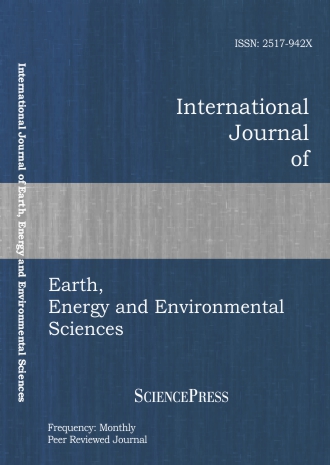
Scholarly
Volume:9, Issue: 5, 2015 Page No: 571 - 574
International Journal of Earth, Energy and Environmental Sciences
ISSN: 2517-942X
1248 Downloads
Dependence of Dielectric Properties on Sintering Conditions of Lead Free KNN Ceramics Modified with Li-Sb
In order to produce lead free piezoceramics with optimum piezoelectric and dielectric properties, KNN modified with Li+ (as an A site dopant) and Sb5+ (as a B site dopant) (K0.49Na0.49Li0.02) (Nb0.96Sb0.04) O3 (referred as KNLNS in this paper) have been synthesized using solid state reaction method and conventional sintering technique. The ceramics were sintered in the narrow range of 1050°C-1090°C for 2-3 h to get precise information about sintering parameters. Detailed study of dependence of microstructural, dielectric and piezoelectric properties on sintering conditions was then carried out. The study suggests that the volatility of the highly hygroscopic KNN ceramics is not only sensitive to sintering temperatures but also to sintering durations. By merely reducing the sintering duration for a given sintering temperature we saw an increase in the density of the samples which was supported by the increase in dielectric constants of the ceramics. And since density directly or indirectly affects almost all the associated properties, other dielectric and piezoelectric properties were also enhanced as we approached towards the most suitable sintering temperature and duration combination. The detailed results are reported in this paper.
Keywords:
References:
[1] B. Jaffe, H. Jaffe, W.R. Cook, “Piezoelectric Ceramics” (Academic